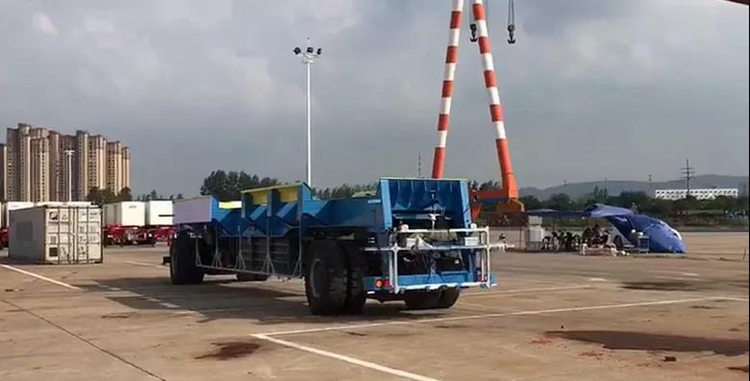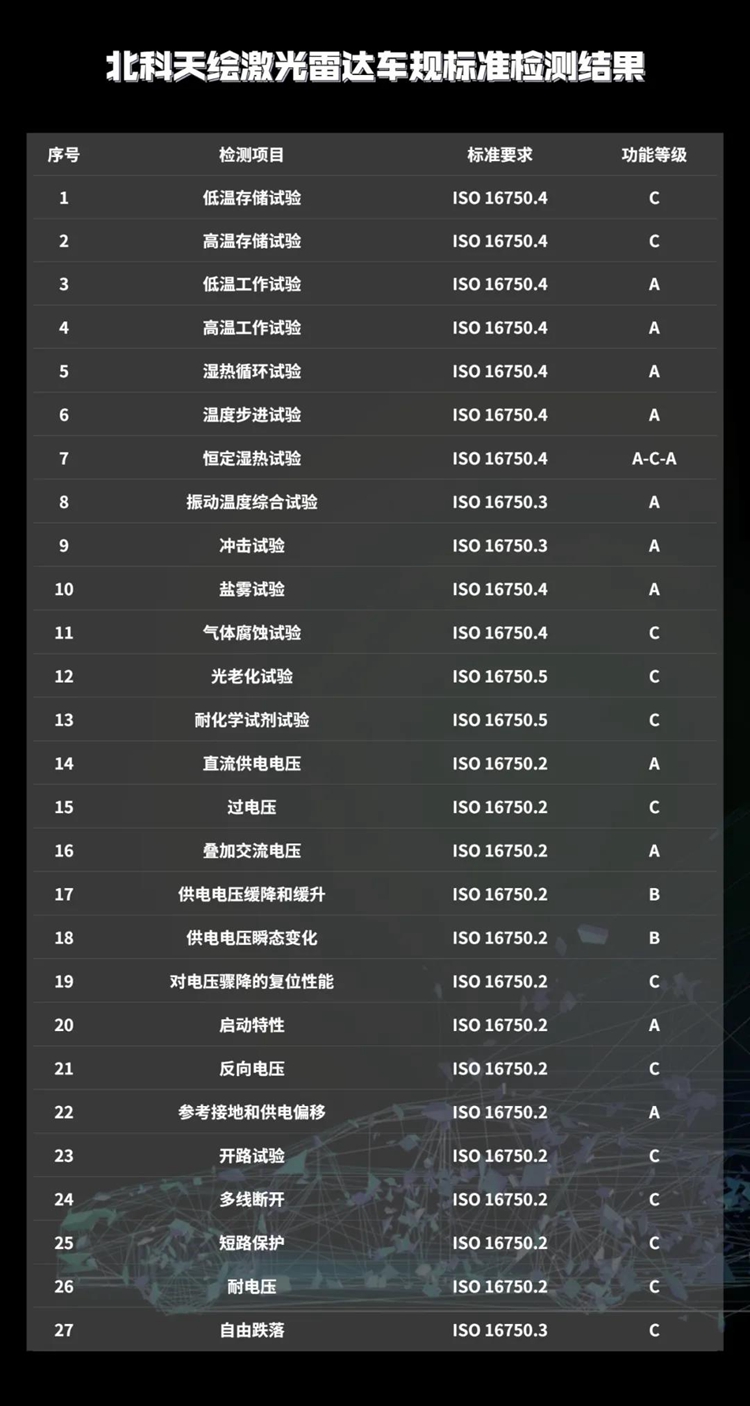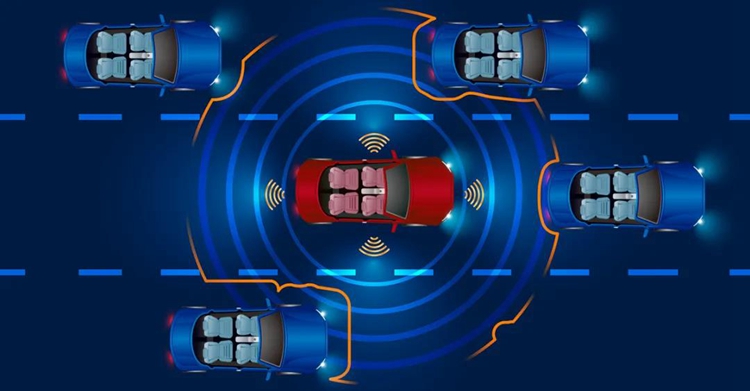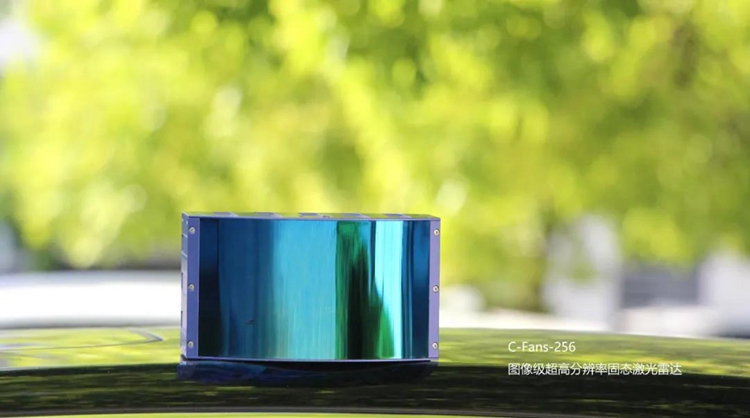Performance improvement, cost reduction, and enhanced environmental adaptability are the three main manifestations of the evolution of lidar products in recent years, and they are also the underlying reasons for the rapid development of the lidar industry.
Performance improvement has laid the foundation for lidar to play a greater role; cost reduction has opened the door for large-scale commercial use of lidar products; and the enhancement of environmental adaptability will pave the way for lidar to enter real application scenarios. The road was leveled.
Without strong environmental adaptability, no matter how good the performance of lidar is, it can only be a toy in the laboratory; no matter how low the cost of lidar, it can only be used in a few "greenhouses".
It can be said that if a lidar product wants to truly go out of the laboratory and production line and enter the real application scenario, environmental adaptability is a hurdle that must be passed.
How many tribulations need to be overcome to become a good LiDAR?

The environmental adaptability challenges of the lidar used by AVG running in the port environment mainly come from the following three perspectives: the natural port environment, the electromagnetic environment of the AGV vehicle, and the AGV operating environment.
The port is naturally near the sea, and all kinds of equipment have long been exposed to moisture, salt fog, rain, low temperature and even frost. The test faced by Lidar is not only special weather, but also under the influence of sea and land breeze, the large temperature difference between day and night in the port area The resulting high-intensity temperature cycle.

Every summer, the temperature difference between day and night in my country’s southeast coastal ports is even close to 20°C
As an unmanned vehicle in a full sense, AGV has dense internal electronic components and cables. The difference in electrical characteristics between the originals creates a complex and integrated electromagnetic environment inside the vehicle. If an electronic device in the AGV fails, whether it is a short circuit in the input circuit or a conventional fuse in the trigger circuit, it will generate a voltage that affects the entire vehicle. The change will affect the internal circuit of the lidar and interfere with the normal operation of the lidar.
In addition, noise from electromagnetic interference in a complex electromagnetic environment will affect the accuracy of lidar point cloud data collection and reduce the accuracy and accuracy of the device's perception.
In terms of operating environment, AGVs often have a load capacity of ten tons, which causes a huge impact on the vehicle body when loading and unloading goods. When transporting basic building materials such as ore or gravel, the raised dust and debris are almost pervasive. Impact and dust intrusion are the "big enemies" of the precision optical devices inside the lidar.
During AGV driving, engine and transmission vibration, as well as random vibrations caused by abnormal road conditions, will affect the stability of the position information collected by the lidar.

The long-term and continuous specific influencing factors in the port environment are superimposed and interacted with each other, so that the lidar installed on the port AGV has higher requirements for the environmental adaptability of the equipment.
As an industry leader that has been deeply involved in the research and development of lidar for more than ten years, Surestar has made great achievements in the environmental adaptability of lidar products and compliance with vehicle regulations by virtue of its outstanding research and development strength and rich industry accumulation.
ISO 16750 Environmental conditions and test standards for electrical and electronic equipment of road vehicles (GB/T 28046) is a standard for environmental test conditions of vehicle electronic equipment based on ISO 16750, including general regulations, electrical loads, mechanical loads, climate loads, and chemical loads Five parts.
Taking climate load as an example, it includes dozens of detection dimensions such as low temperature test, high temperature test, temperature gradient, water impact test, water splash test, immersion test, salt spray-corrosion, damp heat cycle, steady state damp heat, etc. It can be said that as long as such a stringent standard is met, it means that the lidar meets the environmental adaptability requirements of on-board electronic equipment.
In third-party laboratories with CNAS qualifications, Surestar navigation product line R-Fans series and C-Fans series lidars have passed a series of tests under the ISO16750 standard, demonstrating the extremely high vehicle compliance of the products.

LIDAR "mass production on the car" pass
Taking the application direction of lidar that has received the most attention at present-autonomous driving, environmental adaptability and vehicle regulation compliance have become a must pass for a lidar product to participate in the tide of "mass production on the car".
Even a traditional car has high requirements for the various sensors installed on it in dimensions such as high temperature, low temperature, humidity, wind and sand, and sun exposure.

In the driving of an autonomous vehicle, in addition to the environmental factors of the above-mentioned basic dimensions, it is also necessary to consider environmental adaptability in terms of machine vision and perception capabilities. As the core sensor in the autonomous driving perception system, the environmental adaptability requirements for lidar are naturally more complicated, more comprehensive and stricter.

Operating temperature and humidity range, environmental noise, high light adaptability, light intensity changes, anti-crosstalk between lidars, rain, snow, and haze weather, and the device recovers to the world after the disappearance of local interference...Many environmental factors may affect the lidar itself. Performance, and the lidar recognition algorithm.
Therefore, the development of lidar products should take strong environmental adaptability as an important starting point. Only lidars with strong environmental adaptability and complying with vehicle regulations can help autonomous vehicles drive smoothly and safely in a real driving environment and truly shoulder their responsibilities. The important task of the “eyes of autonomous driving”.
The C-Fans series of products developed by Surestar are the first front-mounted lidars with a complete car gauge design in China. The C-Fans series lidar adopts the chip and semiconductor technology of Surestar's independent intellectual property rights, and has outstanding features such as low cost, high reliability, low delay, high resolution, and large field of view. The latest C-Fans-256 in the series is the world's first car-grade 256-line solid-state lidar, and it has already appeared in the test sites or measured road sections of many autonomous driving companies.

Port AGVs and self-driving passenger cars are just two epitome of the strong environmental adaptability of Surestar's lidar products. Under different special environmental conditions such as snowy oil fields, factories and mines, Surestar's lidar All products can maintain stable and reliable performance, bring continuity, batch, stability and precision to customers' projects, and provide strong support for partners.(www.isurestar.net)

